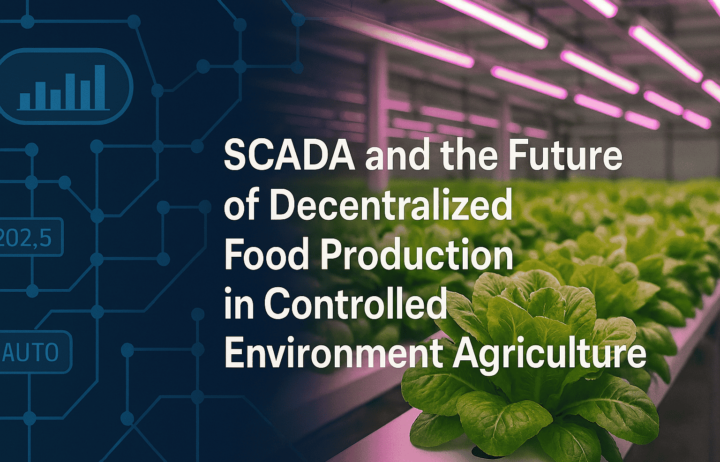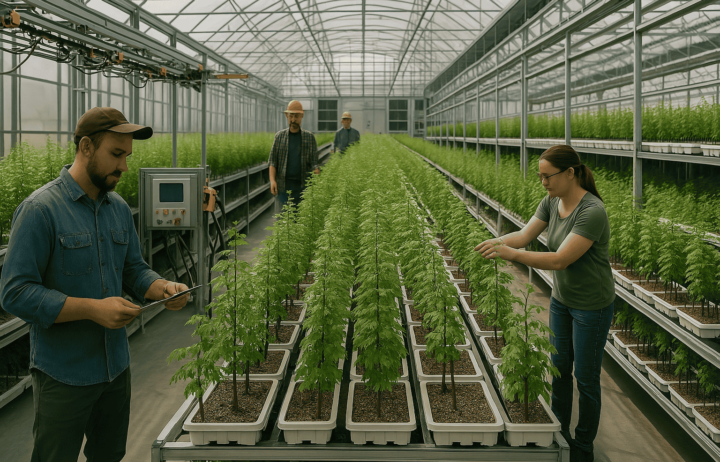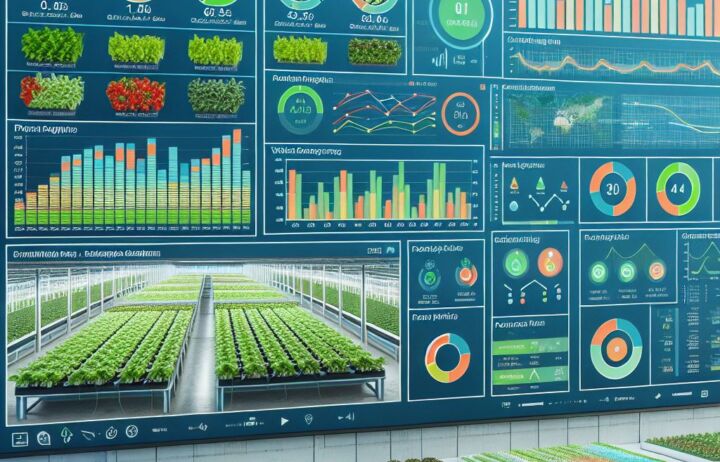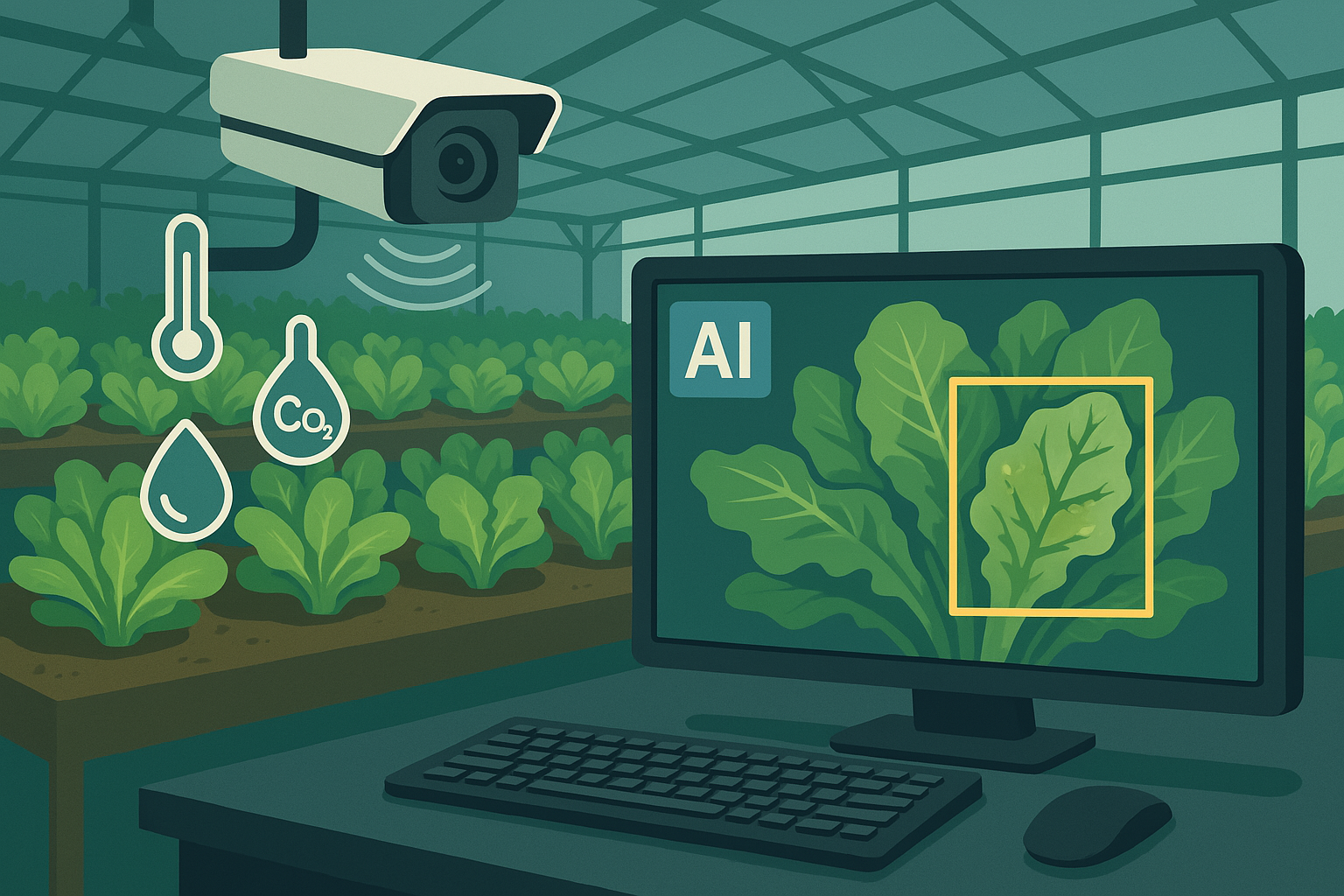
Seeing What Sensors Can’t: How IoT Camera Systems and AI Are Reshaping Plant Monitoring in Controlled Environment Agriculture
In the world of controlled environment agriculture (CEA), precision is everything. Growers are expected to produce high yields, year-round, with limited space, fewer resources, and increasing market pressure. While environmental sensors have made it possible to monitor temperature, humidity, CO₂, and pH with great accuracy, one of the most powerful indicators of plant health remains largely underutilized: visual data.
Advancements in IoT-based camera systems, paired with artificial intelligence (AI), are unlocking new potential to monitor plant health and growth dynamically—based not just on what the environment is doing, but on what the plants themselves are showing us.
Why Vision-Based Monitoring Is a Game Changer
Plants are visual communicators. Changes in leaf color, posture, structure, and density are often the first signs of stress—long before it shows up in nutrient readings or air sensors. Until recently, capturing and analyzing that information required human labor, subjective interpretation, and time delays that made early intervention difficult.
But with the rise of low-cost IoT cameras, cloud computing, and machine learning models trained to recognize patterns of plant stress, growers now have access to real-time plant intelligence that was previously unavailable at scale.
The result? Better insight, earlier interventions, and improved crop uniformity.
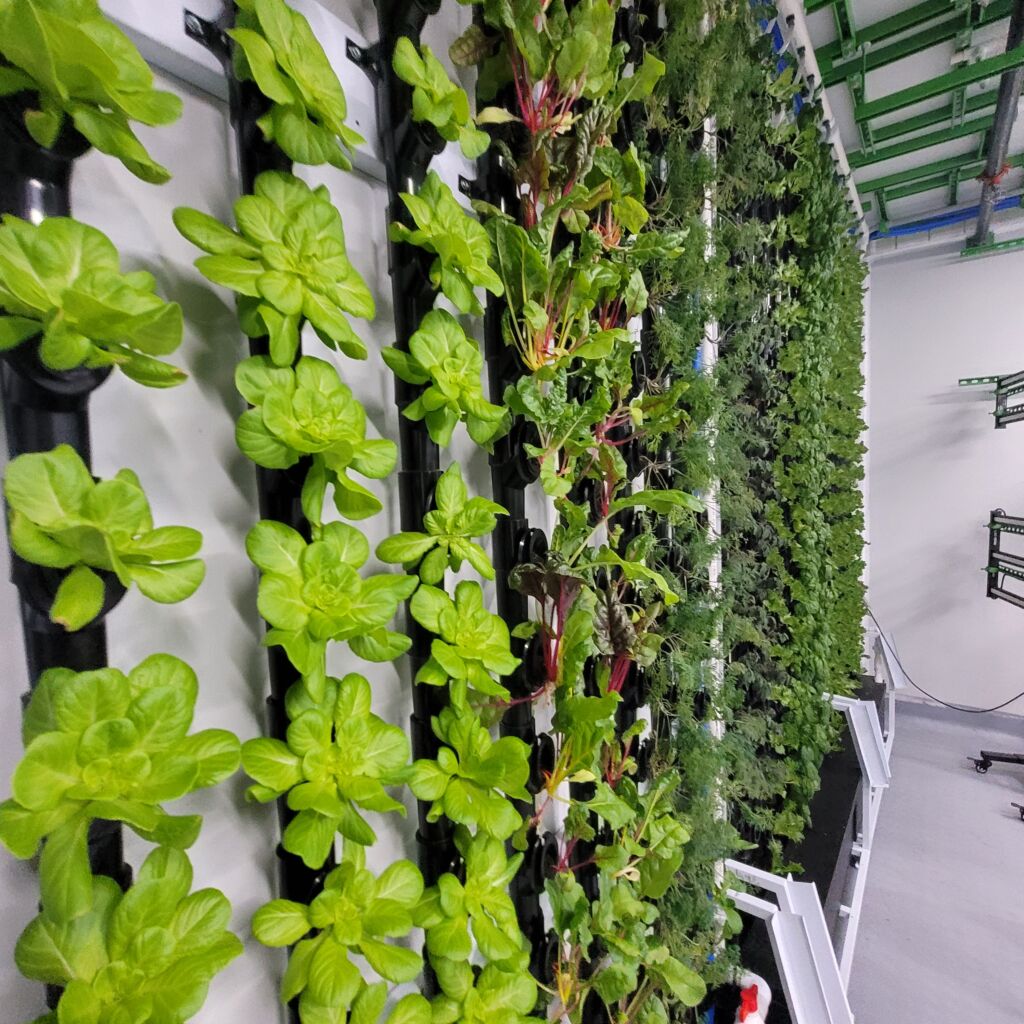
Types of IoT Cameras Used in CEA – And What They Do
There is no one-size-fits-all when it comes to camera systems in agriculture. Each type captures different types of data, and combining them often yields the best results:
- RGB Cameras
These standard cameras capture images in the visible spectrum. When paired with AI, they can detect discoloration, tip burn, leaf curling, and overall canopy coverage.
Use case: Time-lapse analysis, early-stage anomaly detection, growth uniformity assessment. - Multispectral Cameras
Capturing data in narrow bands beyond visible light (e.g., red edge, near-infrared), these cameras are excellent for assessing chlorophyll levels and photosynthetic activity.
Use case: Calculating NDVI, detecting pre-visual nutrient stress or disease. - Thermal Cameras
These detect differences in leaf surface temperature, often linked to transpiration rates or stomatal conductance.
Use case: Identifying irrigation problems, early signs of drought stress or pathogen hotspots. - 3D/Depth Cameras (e.g., LiDAR or stereo vision)
These generate spatial data on plant height, volume, and canopy density.
Use case: Monitoring growth rates, biomass estimation, optimizing plant spacing and vertical setups.
Research and Real-World Results
In multiple global research trials, vision-based AI models have outperformed traditional monitoring methods for early stress detection:
- A Wageningen University study demonstrated that camera systems trained on tomato plants could detect stress symptoms up to 5 days earlier than human operators.
- A commercial vertical farm in the U.S. found that pairing multispectral cameras with AI allowed them to cut yield losses by 8–12% and reduce the use of preventive sprays.
- In a Canadian lettuce trial, thermal imagery helped fine-tune irrigation schedules, resulting in a 15% water use reduction with no negative impact on yield or quality.
These studies illustrate the potential of integrating plant-facing data into a grower’s decision-making toolbox. When the system can “see” the plant and interpret its condition accurately, it allows for proactive—not reactive—crop management.
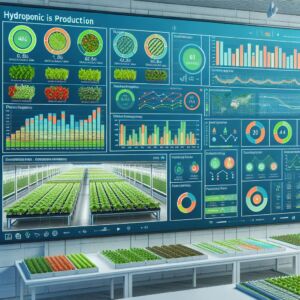
Toward Holistic, Responsive Growing Systems
What makes vision-based monitoring truly powerful is not just the data itself, but what growers can do with it. Cameras alone don’t close the loop—but when paired with automation and intelligent control platforms, they can transform the entire growing strategy.
Imagine a system that adjusts nutrient schedules or lighting intensity in response to how the plants are visually reacting. That’s the future of plant-centric agriculture: not just creating ideal conditions, but continually responding to real-time signals from the crop.
This is where data integration becomes critical. It’s not enough to collect imagery—growers need systems that can aggregate, analyze, and act on that data in ways that enhance production outcomes and operational efficiency.
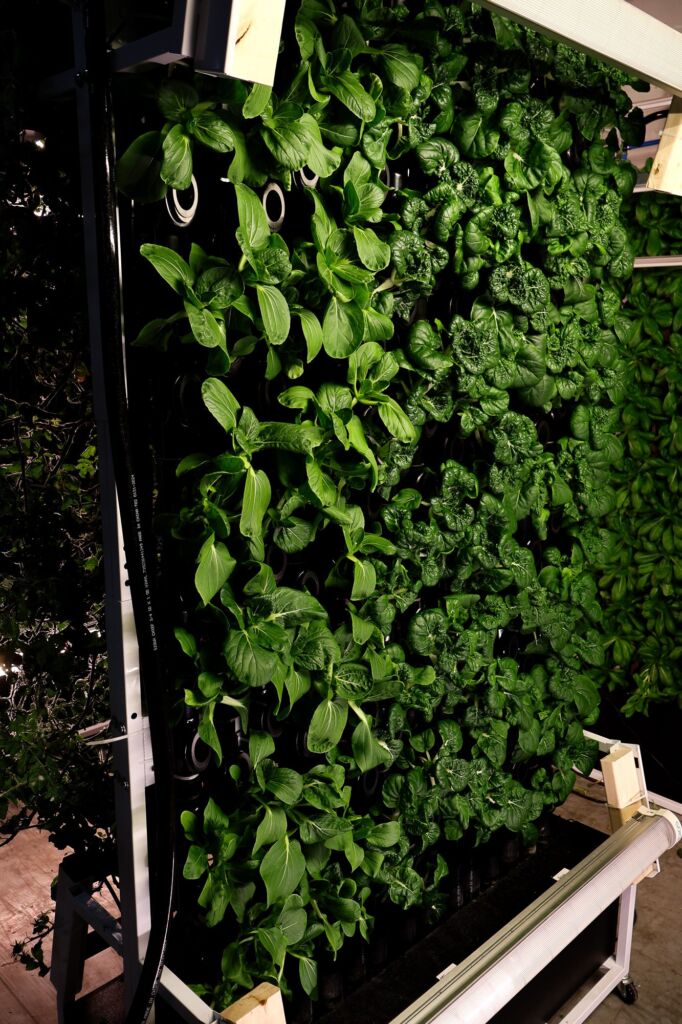
NuLeaf’s Ongoing Work in the Field
At NuLeaf Farms, our team is actively exploring how these technologies can be integrated into the next generation of CEA environments. We’re testing various camera systems and developing models to better understand how plant appearance correlates with environmental and nutritional conditions over time.
Our goal is not to sell a single tool, but to better equip growers with the insights and systems they need to make smarter decisions. By embedding camera-based feedback into holistic farm control strategies, we believe we can help unlock a new level of precision growing—one where the plants themselves help steer the system.
Final Thoughts
As controlled environment agriculture continues to scale, data will be the backbone of competitive, sustainable operations. And while temperature probes and nutrient sensors are foundational, visual data from IoT cameras may soon be just as essential.
They offer a direct line of sight into plant health—and with the right tools, that insight can be transformed into timely action. Whether you operate a vertical farm, a greenhouse, or a modular food hub, the question isn’t if you’ll use vision-based monitoring in the future—it’s how you’ll integrate it into your growing system.
If you’re a grower, technologist, or researcher working in this space, we’d love to hear what you’re seeing. Let’s keep learning from the plants—and each other.






